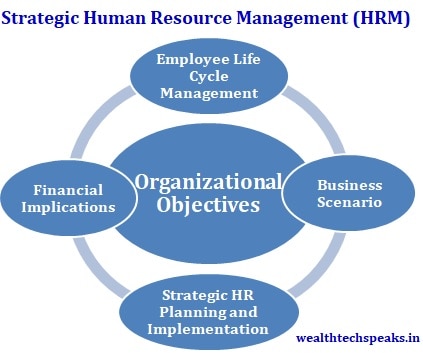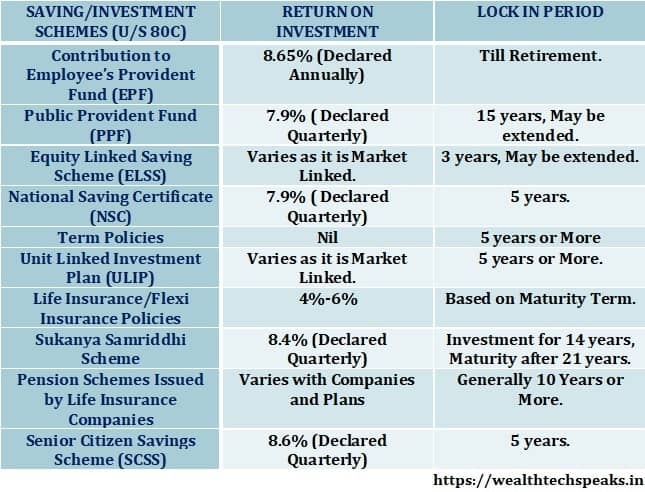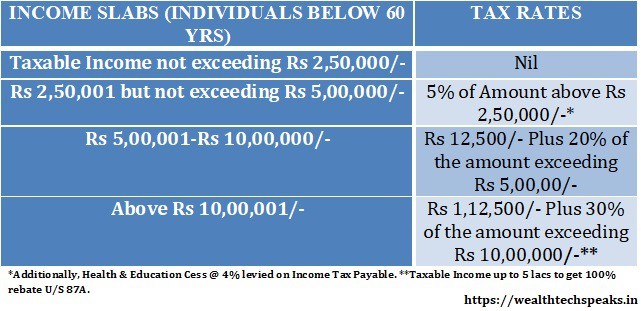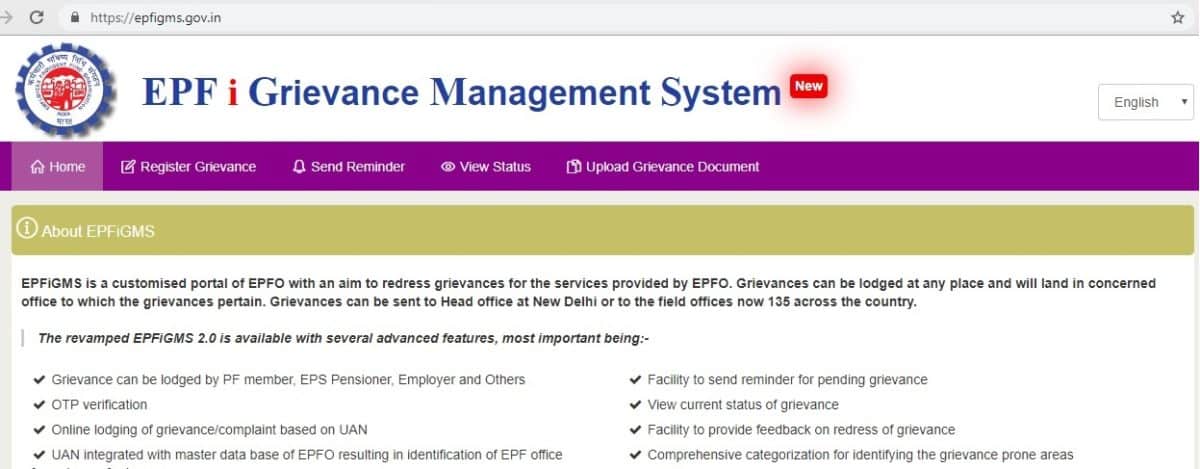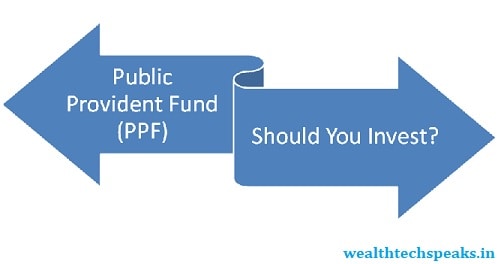
Public Provident Fund (PPF): Should You Invest?
- Posted By Amritesh
- On April 19th, 2018
- Comments: 7 responses
Public Provident Fund (PPF) is a small savings investment scheme for the Individuals. PPF yields guaranteed returns on the investment. However, the return is not as attractive as observed in the Equity Mutual Funds or other Securities linked investment plans. But with Long Term Capital Gains Tax (LTCG) being re-introduced on Equity Oriented Funds, it is time to revisit the investment schemes in the current Financial Year 2018-19.
Interest Rates on Small Savings Schemes
The LTCG tax does bring down the margin of return on investment in Equity Funds. However, one should not panic, as even after the incidence of Tax, the return is expected to be higher when compared to other fixed return instruments. Furthermore, it also allows Individuals to look beyond Equities. Investment in Debt Funds and Balanced Funds not only yield decent returns but are considered as low risk product. However, investment in the Securities linked schemes is prone to market volatility. Hence, Individuals should look to remain invested in such products for at least 3-5 years, in order to earn positive returns.
All About Public Provident Fund
In this post we will look at the Public Provident Fund (PPF) at potential Investment product.
Benefits of Investing in Public Provident Fund (PPF)
Guaranteed Returns: PPF offers guaranteed returns on the investment. The rate of interest is assessed on quarterly basis in alignment with the Government Securities rate which may be tweaked marginally depending on the market conditions. This eliminates the probability of earning negative returns on the investment.
Compounding Returns: The interest earned on deposits is compounded annually enabling Investors to reap benefits of reinvesting interest. This implies that interest is earned on interest, translating into faster appreciation of wealth.
Tax Benefits: PPF falls under the EEE (Exempt, Exempt, Exempt) tax regime. The contribution, interest earned as well as the maturity proceeds is exempted from tax.
Investment in PPF is available for tax deductions U/S 80 C up to maximum limit of Rs 1,50,000/-.
Risk Free Investment: Investment in PPF is risk free which makes it a lucrative investment scheme for risk averse investors. Return on investment is not market linked which shields the investors for volatility observed in securities market.
Premature Withdrawal: Pre mature closure of PPF account is permitted on completion of 5 years to meet specified financial obligations such as Medical treatment of Self and Spouse, Higher Education, Marriage, etc. However, such premature closure will attract 1% penalty for each year of contribution.
Drawbacks of Investment in Public Provident Fund (PPF)
Low Returns: Interest earned on PPF deposit is considerably lower when compared to ELSS Mutual Funds, Hybrid Funds and Balanced Funds. Realignment of interest rate on quarterly may further dent the return on the investment.
Long Lock-In Period: PPF comes in with the lock-in period of 15 years. Compared to lock-in period of just 3 years in ELSS Mutual Funds. Whereas, National Savings Certificate (NSC) comes with just 5 years of lock-in period.
In case of non tax saving equity mutual funds for period of 1 year or more, Capital Gains up to Rs 1,00,000/- (One Lac) is tax free. Whereas, 10% Capital Gain tax is levied on gains above Rs 1,00,000 (One lac) from Financial Year 2018-19.
Investment Product with Higher Returns: As mentioned previously, Mutual Funds offer better returns when compared to PPF in the long term. Therefore, investment in Mutual Fund will lead to better appreciation of wealth and young Individuals should consider investing in Mutual Funds.
Restriction on Investment Limit: Maximum investment in PPF is restricted to Rs 1,50,000/- annually. So, Individuals should consider other investment products too for further investment.
Pure Investment Plan: Even though the return is low, it does not provide any life insurance cover against contribution towards the PPF. The Life Insurance Plans such as Money Back and Endowment Plans provide both, Life Insurance cover and Lump sum amount on Maturity. However, the return on such combo plans is merely 3%-5%.
Frequent Interest Rate Adjustments: Interest rate is assessed on quarterly basis. Any reduction in rates dents the return on investment. Investors need to keep track of the interest rates periodically.
Ideally, the interest rate should be at least 2%-3% higher than the rate of inflation.
Should You Invest in Public Provident Fund (PPF)?
The return on PPF is low when compared to Mutual Fund Plans. However, in my opinion the return is still pretty decent as it is a risk free investment product. Compounding Returns also helps in accelerating capital accumulation. Individuals should balance their investment in Mutual Fund and PPF depending on their risk appetite.
Ideally, Individuals may allocate majority of their investment in equities at the beginning of their career and gradually start investing in fixed return instruments in the latter half. In my opinion, diversification of Investment helps in striking balance between optimum return and risk mitigation. Investors may contribute a small percentage of their Investment in PPF while major concentration should be Equity Mutual Funds, Hybrid Funds and Debt Funds.

